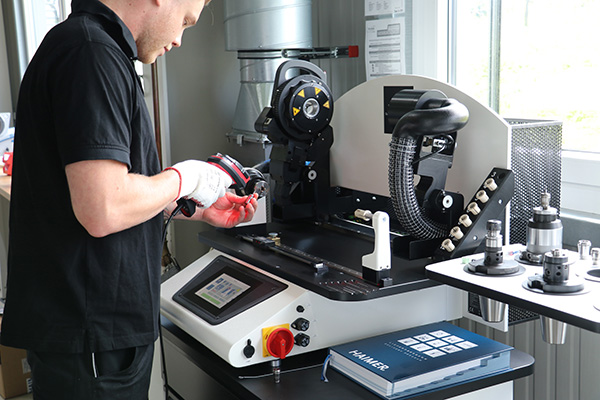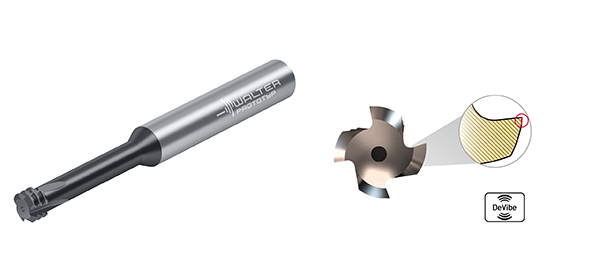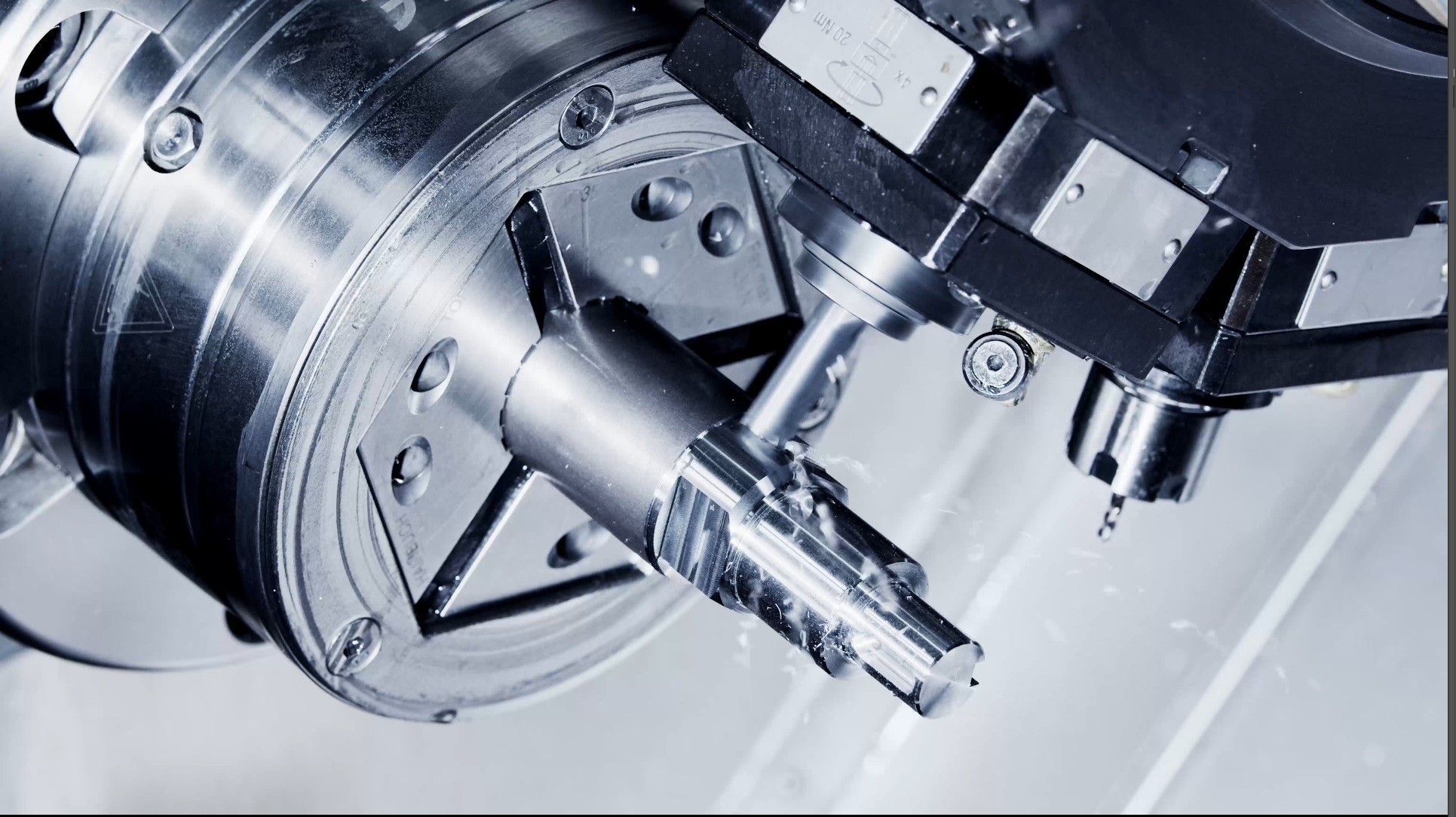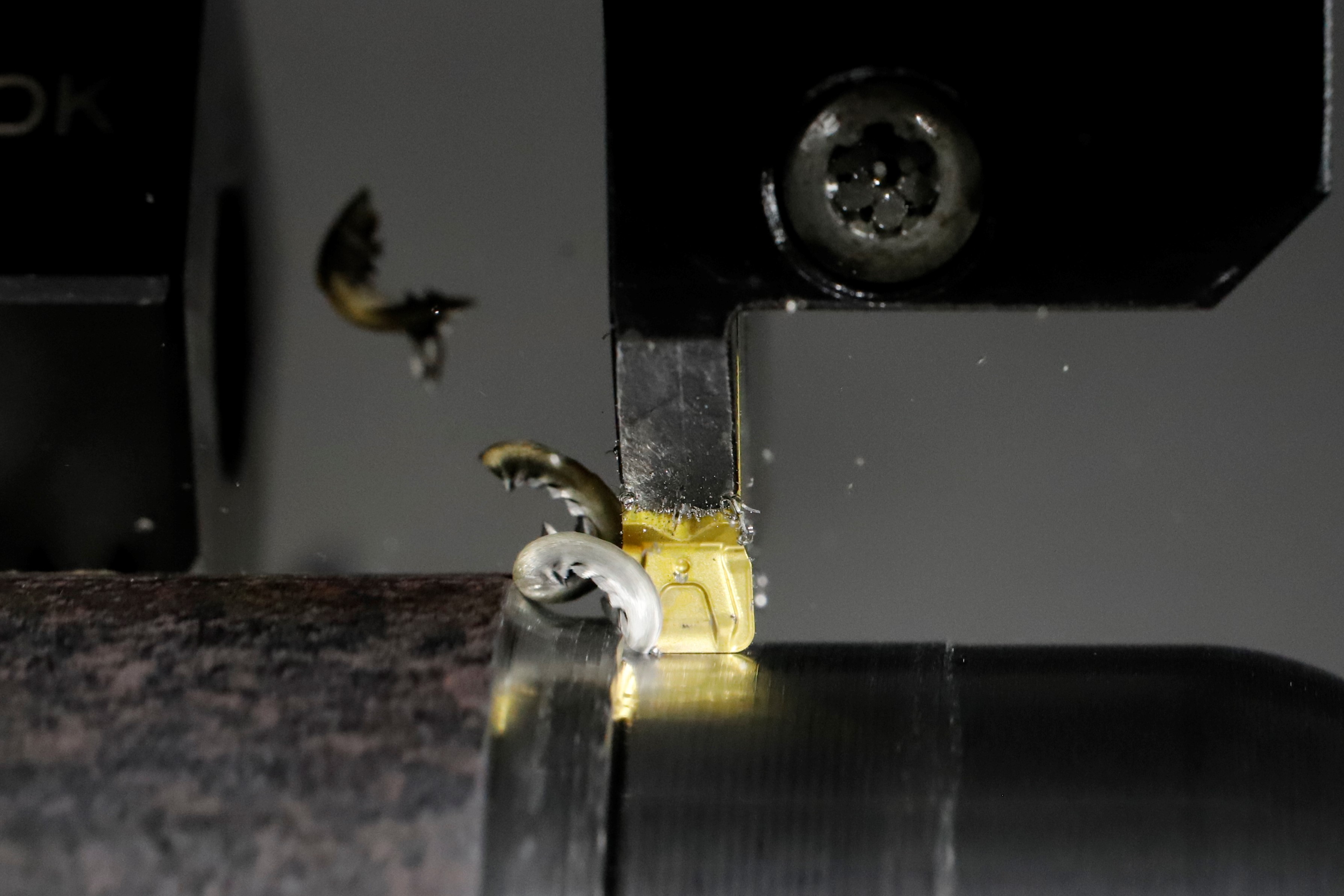
Dental Direkt, a full-service provider of dental laboratory equipment, has added a shrinking and presetting solution from Haimer for manufacturing its dental prosthetic parts. Set-up for the company’s Swiss-type automatic lathes is now many times faster, leaving the machines free for more valuable machining time.
Machines on site include precision turning and milling machines, as well as eight Tornos Swiss-type automatic lathes from the Swiss GT 13 and GT 26 product series with bar feeders. The Tornos machines primarily produce high-precision laboratory and implant screws, titanium base bonds and individual abutments.
What was not so important with smaller quantities initially became significant due to growing demand for turned parts and their number of variants. The set-up times for Swiss-type automatic lathes were too long for economical production.
“We now handle 37 different implant connections, which reduces our batch sizes to only around 600-1000 parts, “states Jakob Röttger, head of technical sales. “On average, this means that we have to re-tool the machines every second day.”
Dental Direkt determined that the best way forward would be the purchase of a tool presetter, which allows the tools to be set outside of the machine tool and in turn, ensure it remains running. The firm put out a call for tender to various manufacturers but ultimately decided in favour of a solution from Haimer.
The suggestion by Haimer was to invest in its Microset UNO 20/40 tool presetting and Power Clamp Nano NG i4.0 shrink-fit solution.
This combination ensures the highest accuracy, as well as a rapid and reliable presetting process, saving approximately eight minutes per cutter when retooling on the machine.
Röttger says: “The Haimer system has made it possible for us to reduce our set-up times by 50%.”
For further information
www.haimer.biz























